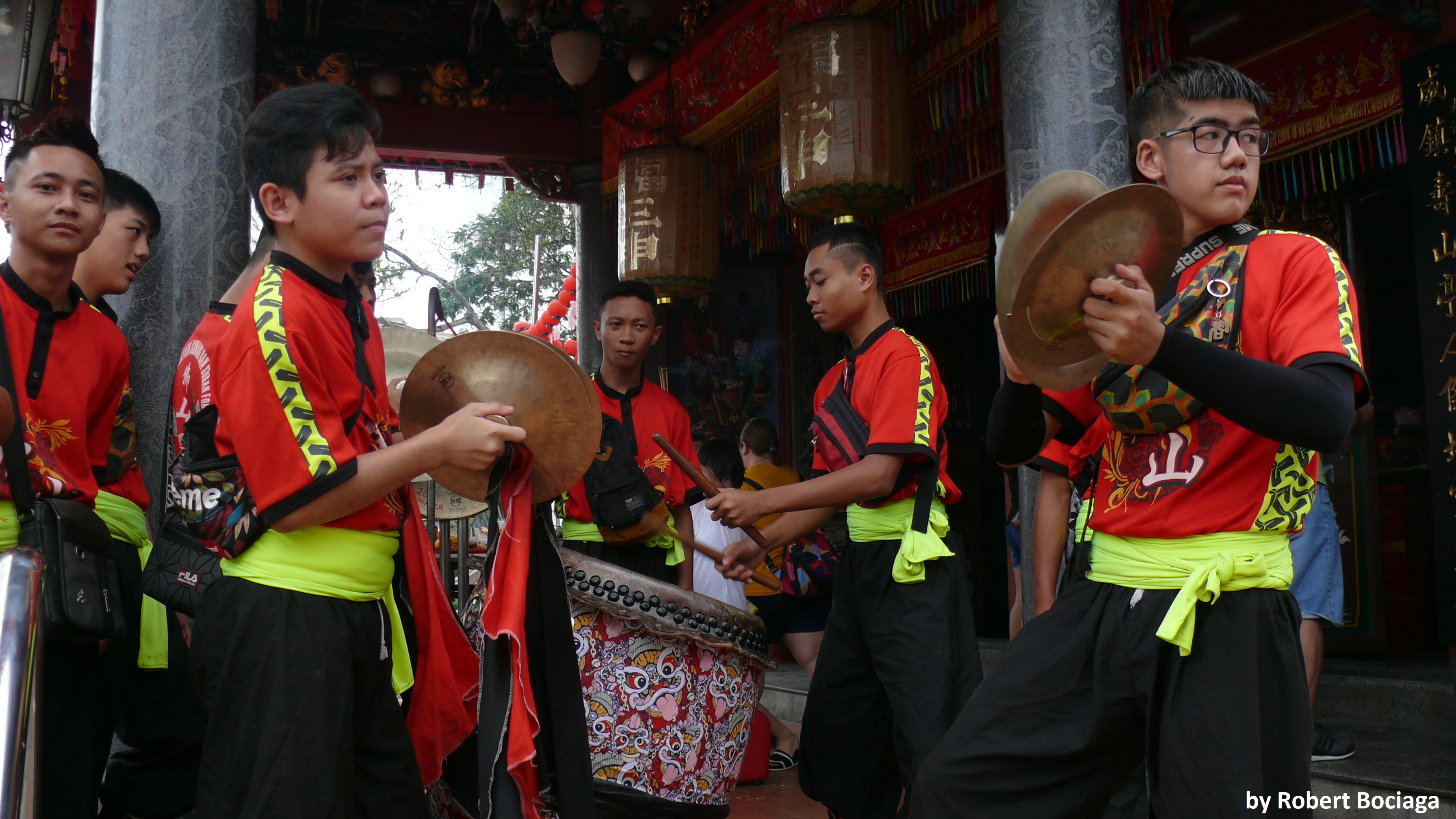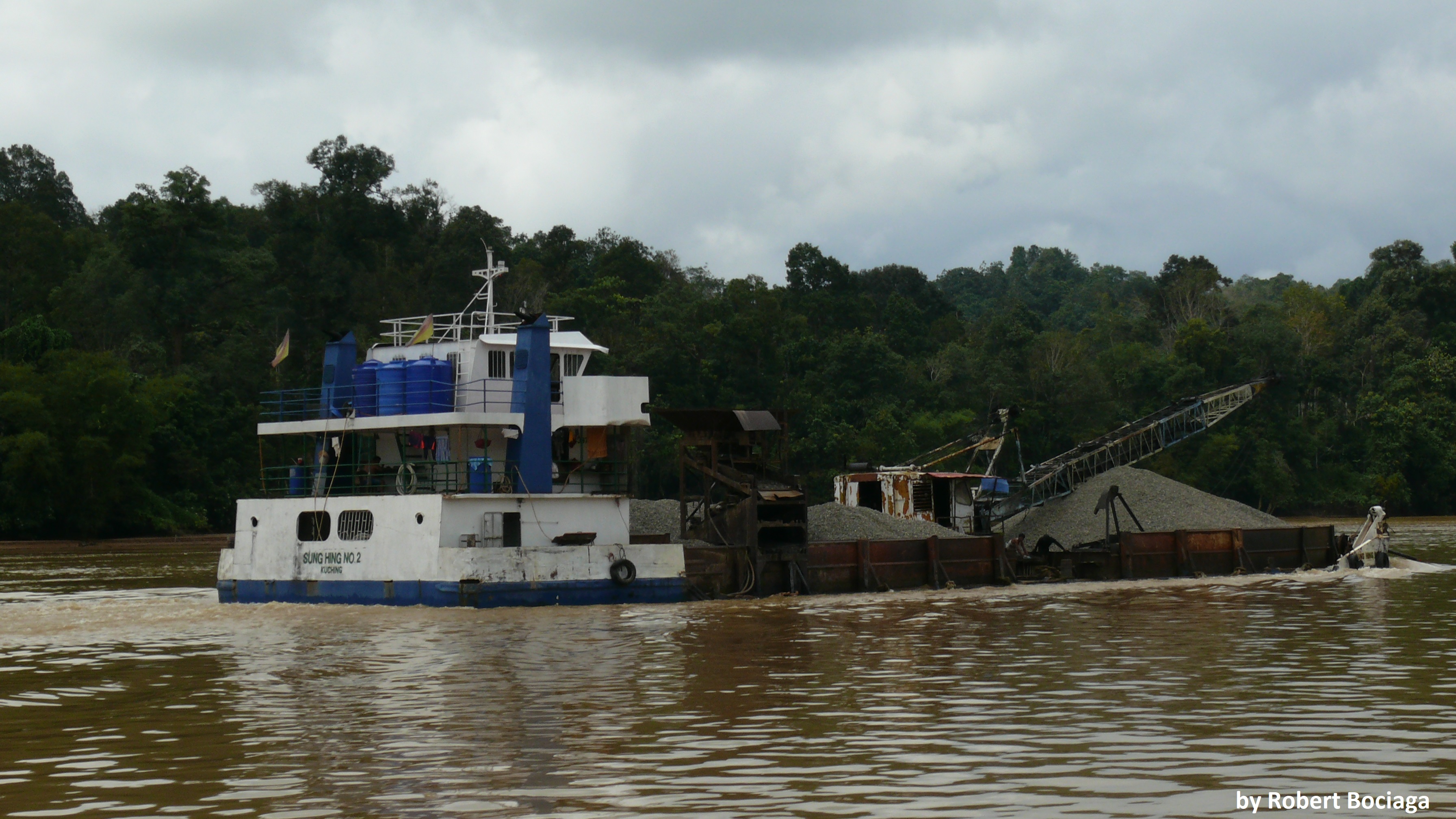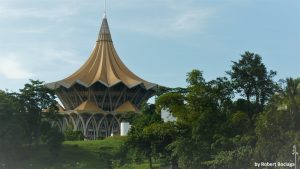Malaysia’s hornbill has reasons to fly low. The 57 years of the union has prompted many netizens of the State of Sarawak, of which this tropical bird is the symbol, to review the agreements that promised them fair treatment. Ostensibly, amid an ongoing political crisis, there could not be a better time to push for reforms of the federal system. What lies behind these demands and what are the chances of fulfilling them?
The State of Sarawak is endowed with abundant natural resources, yet to the dismay of the majority of its people the generated income gets transferred to West Malaysia (also called Peninsular Malaysia or Semenanjung). This has put East Malaysia (the states of Sarawak and Sabah) on a completely different trajectory of development, making their citizens feel left behind.
The state’s ethnic and religious distinctiveness also serves as the foundation of a separate identity.
Recently renewed debate over the issue of the control of East Malaysia’s people and resources was stirred up when the government decided to block public release of a Cabinet special committee report on the Malaysia Agreement 1963 (MA63), which is the founding agreement of the Malaysian federation. The decades-long tug-of-war between Sarawak, Sabah and West Malaysia was supposed to reach an end after revisiting the framework that shaped the federal relationship, but the government’s secrecy now is provoking many questions.
“The report may [contain] some extraordinary rights [for Sarawakians]. If the federal government publish[es] it, it may [lose some of] its controlling power or would have to restore certain rights to Sarawak and Sabah – [that’s why they are so] reluctant to do it at this stage,” warned Leslie Ting, a member of the Sarawakian political party Parti Bumi Kenyalang (PBK).
Despite being a relatively new political force, the PBK plans to contest all 82 seats in the state election, which are due in June 2021. With its slogan “In Quest of Independence” it has already garnered a fair chunk of media attention. Can this buzz be for nothing?
In the opinion of Duke Freddie, a Bornean policy analyst, the current Abang Jo-led coalition government (Gabungan Parti Sarawak, GPS) is “most likely to win based on the current trend,” but a new opposition party championing the indigenous Dayak communities (The United Sarawak Party, PSB) should also be reckoned with.
“The federal government under the Prime Minister of Malaysia, Tan Sri Muhyiddin Yassin, has shown its commitment to the implementation of MA63, by establishing the special portfolio of Sabah and Sarawak Affairs, and this is a key to avoiding polarization or separatism,” he concluded.
“Some people have long desired secession, and in recent years the drumbeat of separation has only grown louder,” he explained, naming Sarawak for Sarawakians (S4S) as the first movement of this sort to have burgeoned as early as 2012. Through Radio Free Sarawak, activists criticized the exploitation and expropriation of the natives by the associates of Sarawak’s billionaire, Tun Pehin Sri Abdul Taib Mahmud.
Another controversy has been posed by a legislative motion that would strip Sarawak of its existent rights to determine the state’s immigration policy. “It is indeed a shocking move by Sarawak ruling alliance to plan to amend ‘resident definition,’” said Ting of the PBK. “As a result, the politicians from outside could run in the state elections,” he warned, stressing that Sarawakians do not want them to interfere, and stir problems on ethnic grounds.
“Because they were not raised in Sarawak [and] have never been exposed to our culture, this may adversely affect the […] Sarawak government, given the racism issue in the West Malaysia.”

Malaysia’s vibrant ethnic Chinese community also wants to shape the country’s politics. Photo by Robert Bociaga.
Ethnic Chinese living in West Malaysia are constantly confronted by the inflammatory rhetoric of Malay politicians, which is meant to boost their own patriotic appeal to the majority Malay community. Portrayed as imported components of the nation’s ethnic fabric that were not always loyal to the host country (due to the involvement of some of ethnic Chinese in the communist insurgency), Chinese Malaysians are also not represented in the current federal government that came into being in February 2020.
Sarawakians want to remain shielded from being pushed around at the whim of ethnocentrist Malay politicians. But is the independence the path toward safeguarding the status quo?
Although the PBK has become highly vocal in its plans to demand secession from the Federation of Malaysia, there are many rough waves on their horizon to navigate through.
When asked about the non-secession clause in the Constitution, the PBK politicians evoke the examples of Kosovo and Rhodesia, which issued unilateral declarations of independence. Next to this, the threat of being charged with sedition for proclaiming the goal of independence is simply shrugged off.
Importantly, Sarawak has a population of just slightly above 2.6 million in territory almost equal in size to Peninsular Malaysia, which accommodates roughly 10 times more inhabitants – 92 percent of the whole nation. With excessively long land and water borders, Sarawakians would face a need to recruit foreigners to secure a hypothetical new country, an idea that goes against their home-crafted objective of Borneonization of public services. The federal government would not also sit with folded hands when it has the army at its disposal.
Ting envisions, however, that freezing all assets of Malaya in Sarawak would bring the federal government swiftly to the negotiation table.
Nevertheless, the vision of independence may simply be too radical to many members of all ethnic groups, who fear bloodshed or at least an intensified level of tensions.
Sarawak’s parties are race-based, but their political agenda has never come at the expense of non-native groups. Although East Malaysians cherish the condition of being free from deep ethnic divisions, appeals for independence could erect new walls of mistrust, something that they would like to avoid at any cost.
For the sake of avoiding backlash (be it at home in Sarawak or from the federal government), many ethnic Chinese may prefer to stick to their old strategy of reforming the federation by standard democratic means.
On the other hand, Sarawak’s Muslim Malay community, forming 26 percent of the population, may be scared of losing the support of politicians from Peninsular Malaysia as the federal government has always emphasized Malays’ rights and priorities.
Whether the independence movement can count on the votes of the indigenous people is still uncertain, admits Ting. For now, their support is spread across many parties. Compromising almost 30 percent of the state population, the Ibans could eventually make the secession dream come true. Once reputed as fearsome headhunters, they are capable of chasing the federal forces away.
And seemingly there is a fortune to die for.
Sarawakians remain resentful of the fact that most of the oil and gas royalties have been flowing to Peninsular Malaysia. Between 1976 and 2017, Sarawak received about $8.1 billion out of $162 billion in revenue.

A ferry on the Rajang River, which flows through the central region of Sarawak to the lands inhabited by the indigenous people. Photo by Robert Bociaga.
For the current chief minister of Sarawak, Abang Jo, however, recent events are proof of the good relationship between the state and federal government. GPS, which is the first Sarawakian party to act as an ally of the federal ruling coalition, has maneuvered to take advantage of political discord in Kuala Lumpur. The federal government, having a very thin majority, needs to concede or dissolve. Negotiating a payment of over $700 million from Petronas, which is wholly owned by the Malaysian government, has become a notch on their belt.
“GPS is the ‘kingmaker,’” said Duke Freddie. “The party’s approval has helped to form the government.”
He explained that advocating for Sarawak’s rights has always been a hot issue. “I would say, it is a lot easier now for the GPS government and other Sarawak-based political parties to bargain more… The state is becoming more assertive.”
In fact, “the Sarawak leaders seem unwaveringly firm and their spirit to demand for autonomy for the betterment [of] and long-term benefits to the state and its people is something to look forward to.”
Before Mahathir Mohamad’s reformist government lost power in 2020, it had snuffed out the hope of fulfilling his promise of raising Sarawak’s oil royalty from 5 percent to 20 percent, explaining in the end that it was not workable and would strip Petronas of its status as the world’s third largest exporter of liquefied natural gas. Other critics pointed out in addition that Sarawak gets the money risk-free because they are not involved in the development and operations of the hydrocarbon assets.
But squeezing profits out of all the natural resources that the world’s third-largest island possesses has become, in the eyes of environmentalists, the epitome of an aggressive policy of logging and land grabs. Even though Sarawak has a plan for reforestation and reforming the native customary rights, there’s cause to skeptical about the execution of these noble goals.
In 2017, the government completed the $615 million acquisition of the Bakun Hydroelectric Plant (HEP), the largest hydropower plant in Malaysia. “High-energy industries bring, however, more than potential profit – critics argue that the impact of the dams on Sarawak’s environment and indigenous communities [has been] devastating,” wrote Kara Moses in an article.
But not every Sarawakian shares these worries. On the contrary, GPS takes credit for what they call a sustainable and eco-friendly economic plan, introduced as the Post-COVID-19 Exit Economic Strategy. The plan “is set to shift the state toward the renewable energy and digital technologies,” while at the same time it embodies “the run towards becoming the region powerhouse,” according to Duke Freddie.
Will the hornbill ever fly again to its desired heights and reign over the homeland? That lies in the hands of all parties, including those that adorn their emblems with the picture of this magnificent bird but have mainly concentrated on achieving economic targets.
Robert Bociaga is a traveling photojournalist specializing in international affairs. Based in Southeast Asia, he focuses on economic and social issues around culture change, urbanization, political marginalization, poverty, religion, and destruction of nature. He holds a master’s degree in law.
































